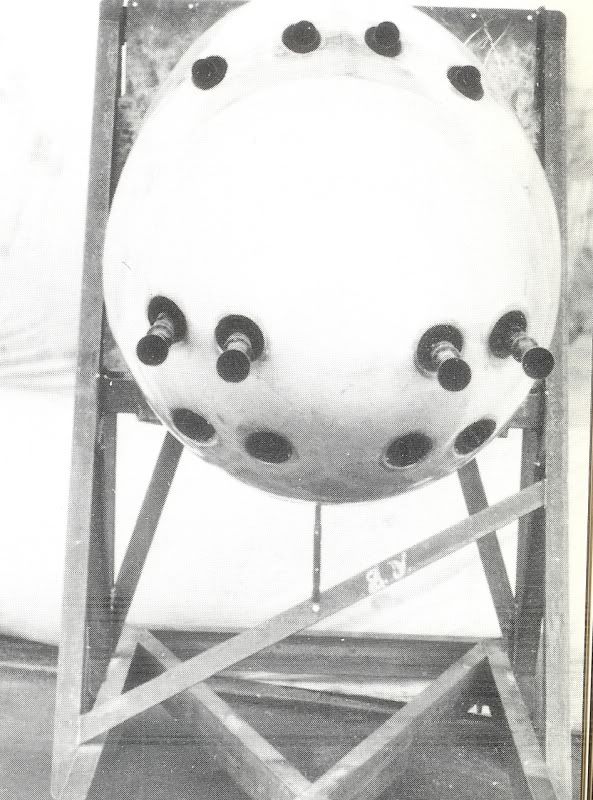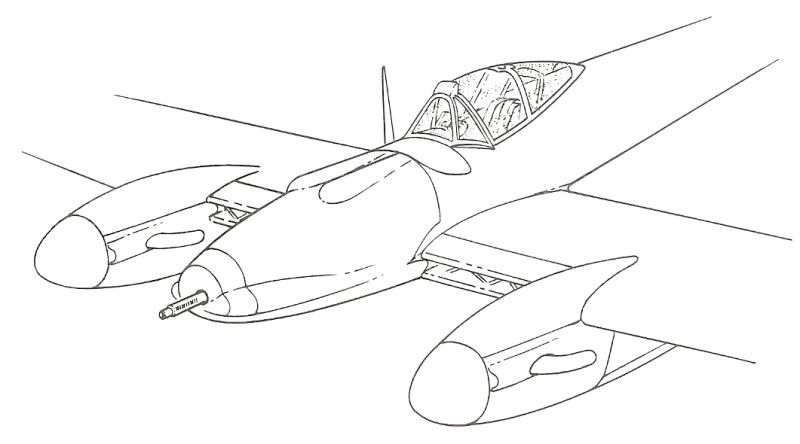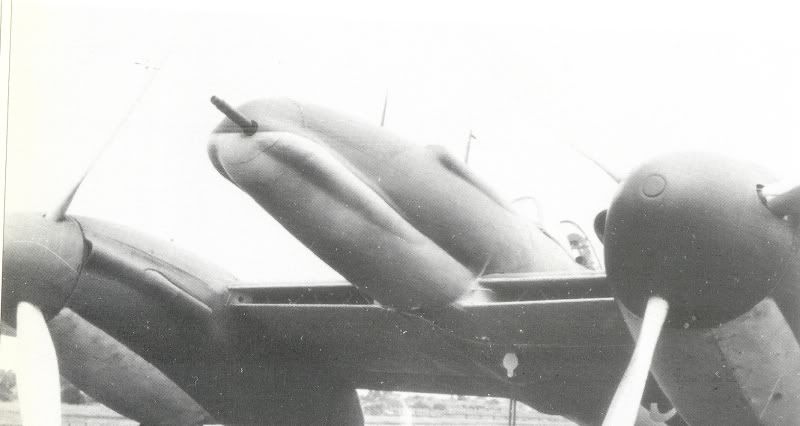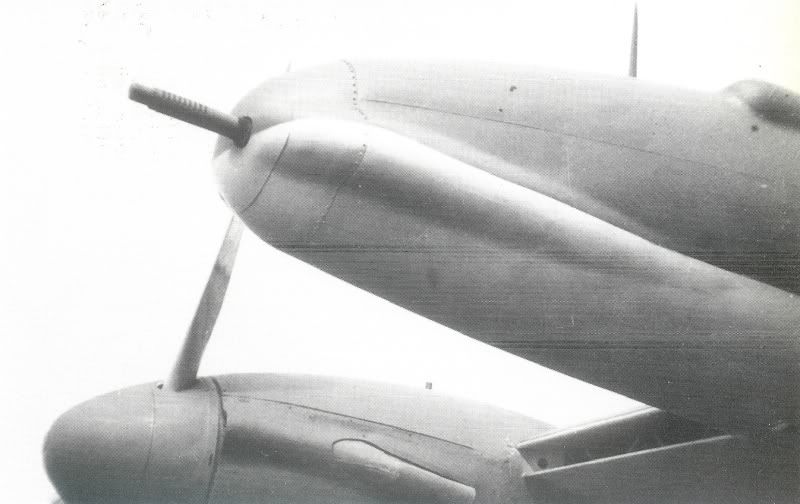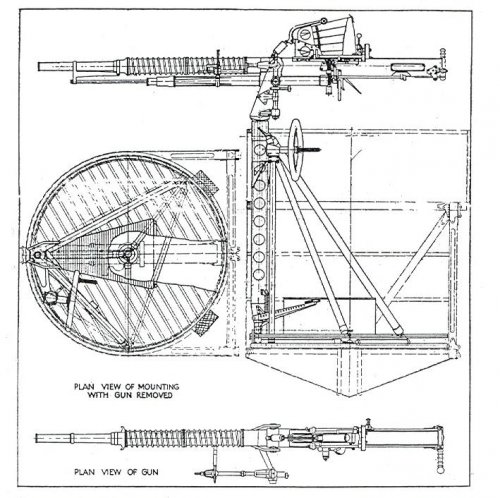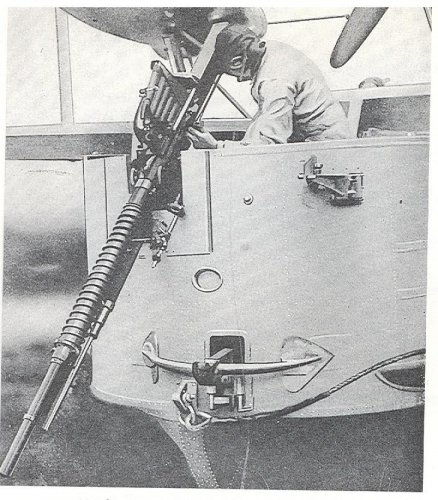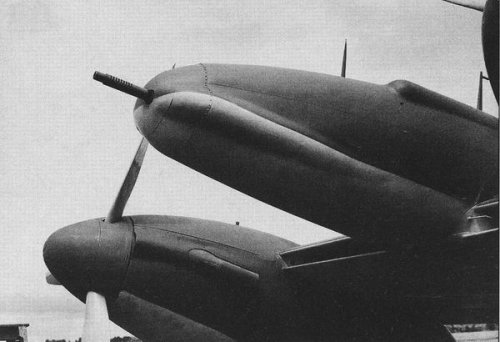smurf said:
Thanks, Spark. Very interesting. What is your source, please?
There is a model of the Peregrine at RR Heritage at Derby with bigger backend, estimate about a foot a longer. As a rule of thumb more power bigger engine more weight.
The Whirlwind was reputed to be better than the Bf109 and possibly the Spitfire up to about 14,000ft given that the Merlin would overcome the Peregrines shortcomings and give better altitude performances and flying in 1939 what else was there?
The airframe being kept similar, so the gain in top speed and viable combat altitude would have been significant. This is opinion but seems reasonable.
Range might have been a problem but extra tankage plus drop tanks would have helped.
I think Victor Bingham’s book gives a drawing of the Whirlwind engine configuration and given Jon’s measurements there seems to be plenty of room however given the RRH model the Mk2 would probably have needed a longer nacelle and the turning moment with the engine set forward would be interesting.
The same book mentions the proposed Merlin variant as have other more obscure publications.
A discussion on the subject broadcast by the BBC some fifty plus years ago when a rather pompous sounding gentleman said it was not possible to fit the Merlin to which another said yes it was, he had worked at Westland’s at the time and that Petter had wanted to do it before the War.
So from a UK perspective before September 1939.
This aroused my interest in what was a very beautiful purposeful looking aircraft and what it should have become. I have come to believe that there were at least three occasions when the Merlin variant was put forward because it was the best use of an existing production facility but still refused by the Ministry. Blocked by the cartel?
There is a book about the history of the Westland Company that mentions the “jet powered” Whirlwind variant, this was the very first Westland jet fighter proposal and was to have used the existing production line.
Similar too, but before the Heinkel?




